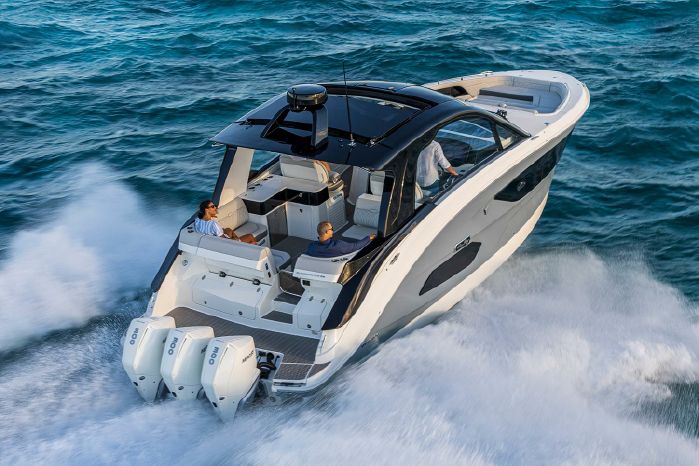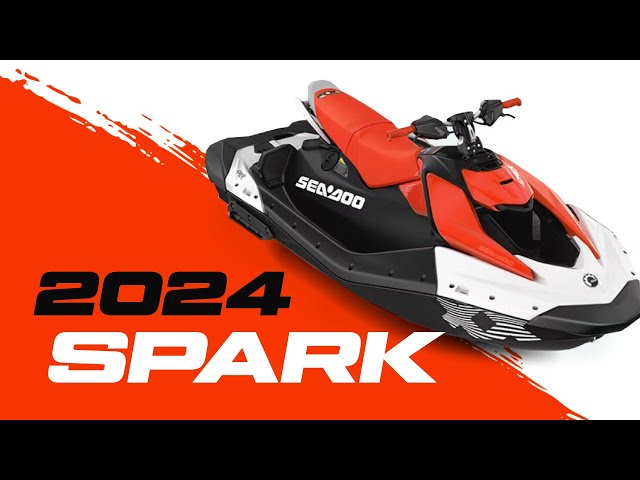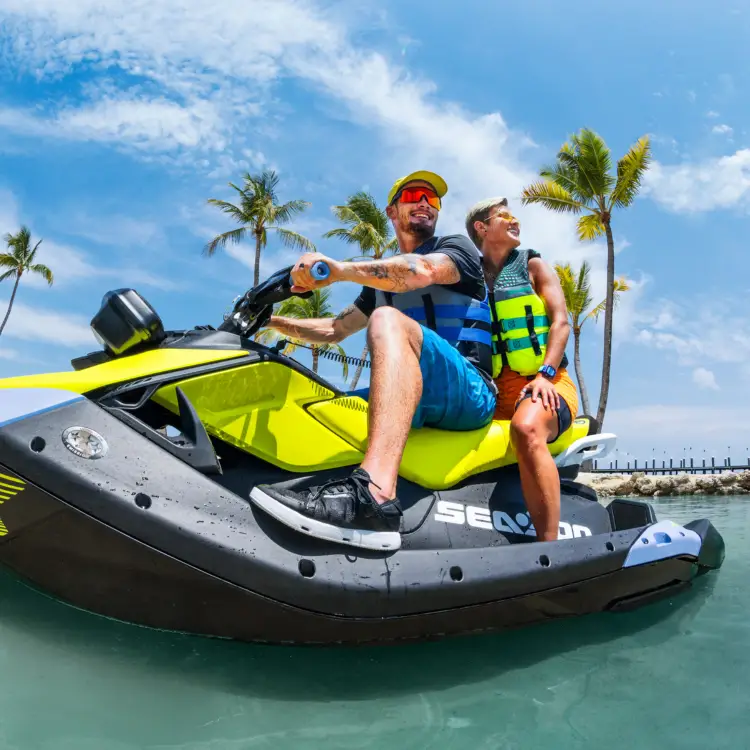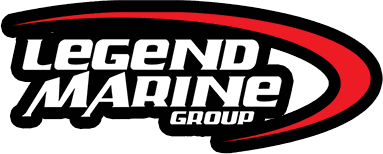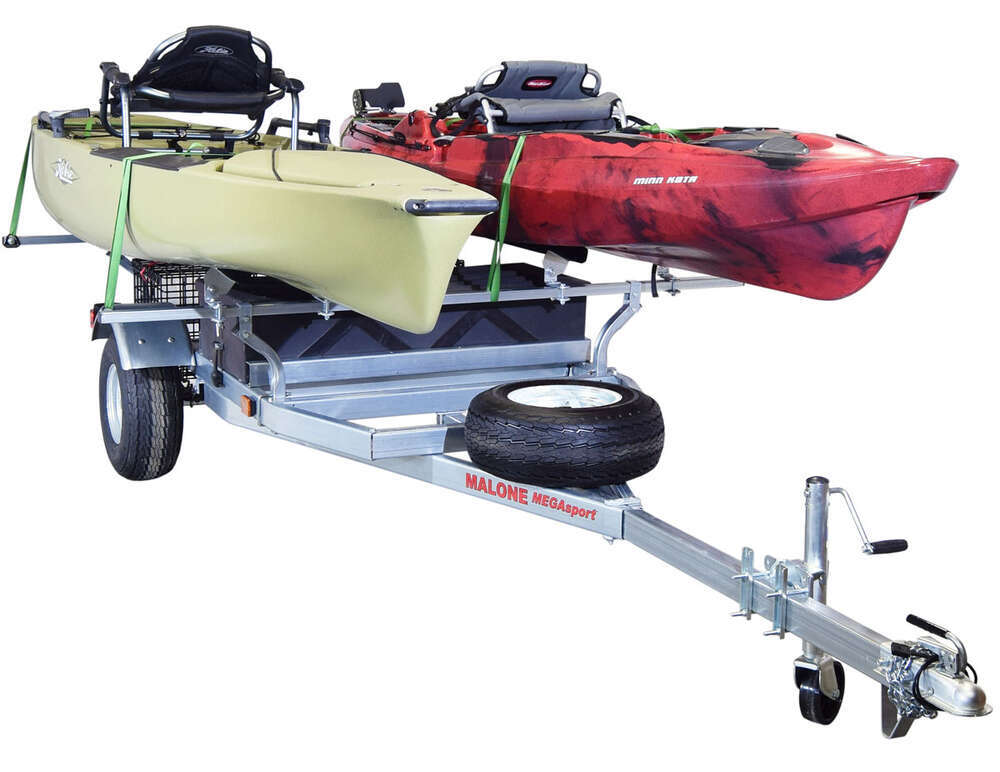You See a White Buoy with an Orange Square and Black Lettering: Decoding Navigational Markers
Navigating the waterways is an essential skill for any boater. One crucial aspect of this skill involves understanding the various buoys and markers present in the water. These waterborne signs help provide important information to boaters to ensure safety and facilitate smooth sailing.
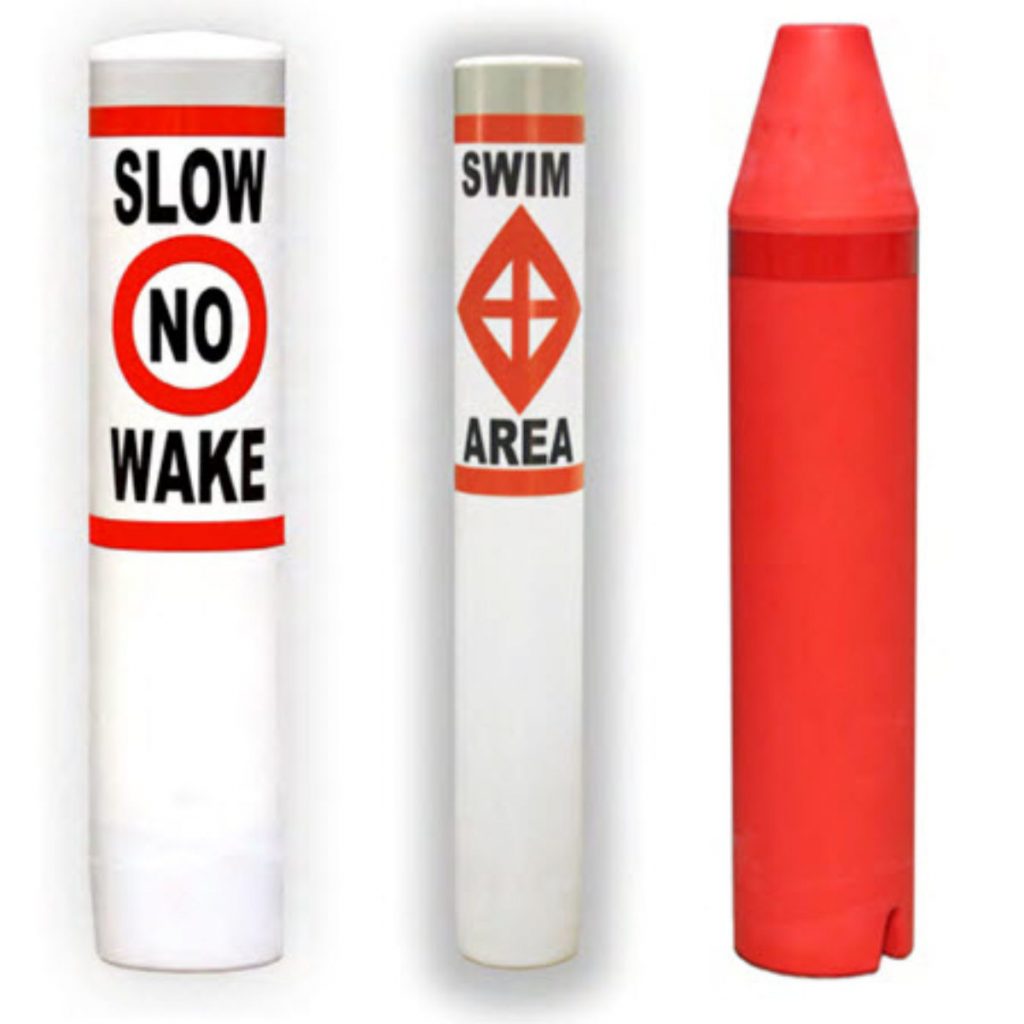
Among these markers, a white buoy with an orange square and black lettering holds particular significance.
This specific buoy is known as a regulatory marker. It is designed to convey important information to boaters regarding areas that may have specific rules, restrictions, or cautions. The orange square acts as a symbol, while the black lettering provides further details about the regulations or hazards in the area. By interpreting this buoy, mariners can make appropriate decisions to ensure their safety and compliance with rules on the water.
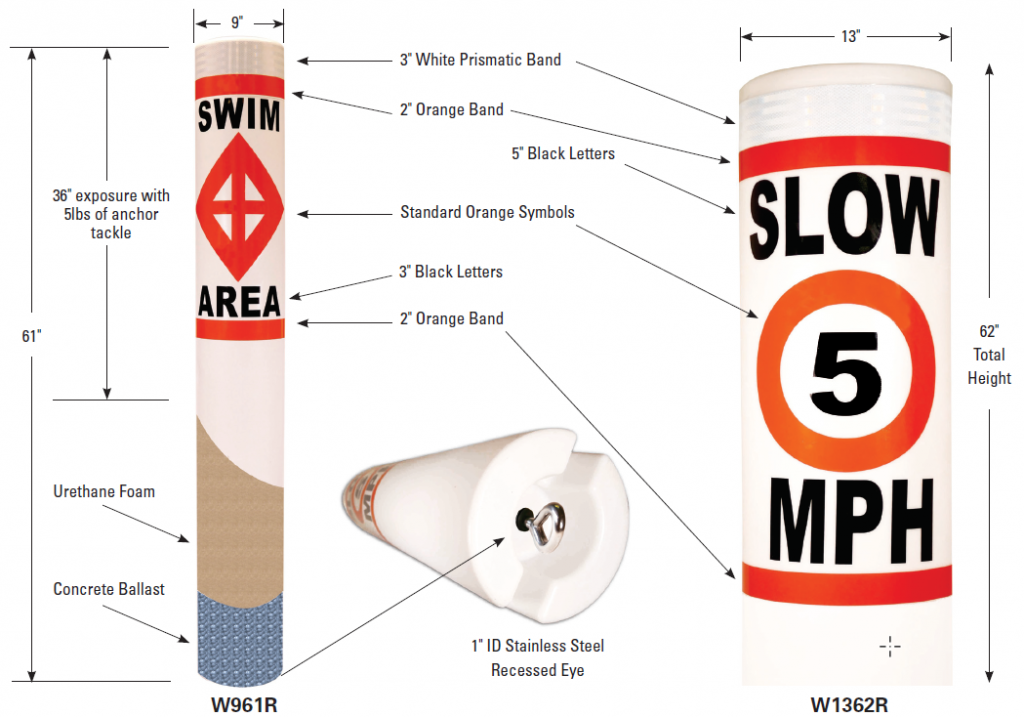
Key Takeaways
- Regulatory markers, including white buoys with orange squares and black lettering, provide crucial information to boaters.
- The orange square is a symbol and the black lettering offers further insights into area regulations or hazards.
- Properly interpreting these buoys is essential for boater safety and adherence to waterway rules.
Understanding Buoys and Markers
Navigating through water bodies requires a thorough understanding of different navigational aids, such as buoys and markers. These aids help guide boaters through channels, inform them about hazards, and provide crucial information on water conditions.
Purpose of Buoys
Buoys serve as crucial navigational aids on water, assisting boat operators by directing traffic, marking channels, regulating speed, and indicating potentially unsafe areas. Familiarizing oneself with these aids ensures a safe and legal journey while navigating through waterways.
Buoys float on the water but are anchored to the bottom, and their visual cues are useful for navigation.

Different Types of Buoys
There are various types of buoys, each with distinct characteristics in terms of color, shape, and markings.
A white buoy with an orange square and black lettering is a special-purpose buoy. These are primarily used to provide information, warn of hazards and obstructions, mark controlled areas, and indicate restricted or off-limits areas (Boat Ed). By understanding these markers, boaters can safely navigate through water channels and avoid dangerous situations.
Other common buoy types include:
- Green Buoys: Mark the left side of a channel when moving upstream.
- Red Buoys: Mark the right side of a channel when moving upstream.
- Safe Water marks: Feature white and red vertical stripes, and there's unobstructed water on both sides.
- Danger Marks: Displayed with red and black horizontal bands, indicating an isolated danger that can be passed on either side.
Moreover, there are Range Markers that consist of pairs of markers, usually with non-blinking lights. They help boaters align their watercrafts between the markers to ensure safe passage through narrow channels (Discover Boating).
Interpreting the White Buoy with Orange Square
Significance of White Color
The white color in buoys is often used to communicate special-purpose markers. These markers can provide information, warn of hazards, and mark controlled or prohibited areas. In the case of a white buoy with an orange square and black lettering, it is an information buoy that is used to convey general information to boaters while guiding them on the water.
Meaning of the Orange Square
The orange square is a symbol that signifies an information buoy. The presence of an orange square on a white buoy indicates that it is used to provide specific information, such as directions or warning related to potential hazards. It can also be used to mark controlled or keep-out areas in the waterbody.
Role of Black Lettering
The black lettering found on a white buoy with an orange square serves to convey the pertinent information that the buoy intends to communicate. For example, it may provide details about nearby supplies, repairs, or food availability for boaters. In other instances, the black lettering helps in warning boaters of hazardous elements such as submerged rocks or shallow areas that could pose a danger to boats and other watercraft.
Navigation and Safety Information
Safe Operation Near Buoys
When boating, understanding the various buoys is essential for safe navigation. Upon encountering a white buoy with an orange square and black lettering, boaters should know that this marker provides essential safety information or regulatory guidance.
It is crucial to follow the indicated rules, as they have been established to protect both the boater and the marine environment.
Examples of the guidance provided by these buoys can include, but are not limited to, no-wake zones, speed limits, and prohibited areas.
No-wake zones are areas where boat operators should reduce their speed to minimize the size of their wake. This precaution is particularly important to prevent shoreline erosion, protect swimmers, and avoid disturbing the natural habitat.
Identifying Restricted Areas
Buoys with white circles indicate restricted operation areas. The black lettering on these buoys will inform boaters about specific restrictions in place, such as no anchoring, swimming, or fishing.
It's essential for boaters to respect these restrictions and maintain a cautious distance when approaching such areas. Ignoring these guidelines can lead to penalties and unsafe conditions for all involved.
Following Navigation Rules
In addition to navigation, it is vital for boaters to follow the universally accepted navigation rules to ensure a safe and enjoyable experience on the water.
These rules govern boat operations, providing detailed guidance on how boaters should maneuver to avoid collisions and prioritize safety.
Types of Waterway Markers
Green and Red Buoys
Green and red buoys are essential navigation aids that help boaters identify the safest route through the water. Generally, green buoys are found on the left (port) side of a channel when returning upstream, while red buoys are found on the right (starboard) side.
To remember this, boaters often use the phrase "red, right, return".
It is crucial to keep in mind that these buoys can be either stationary or floating, and some may even have a light affixed to the top for better visibility at nighttime.
Special Purpose Buoys
Special purpose buoys are designed to inform boaters about various waterway situations, including hazards, control areas, and keep-out zones. These buoys usually have orange symbols on white pillars, cans, or spar buoys.
Some common types of special purpose buoys include:
- Information Buoys: These buoys have an orange square and display helpful information, such as places to find food, supplies, or repairs.
- Hazard Buoys: A white buoy with an orange diamond warns watercraft operators of potential dangers like rocks, dams, or rapids. They may include black lettering to indicate the specific source of the danger.
- Control Buoys: Control buoys are used to mark areas where boating activities are restricted or regulated, such as speed limits or no-wake zones.
- Keep-Out Buoys: These buoys have an orange circle and are placed in areas where watercraft are prohibited, such as swimming zones or sensitive environmental areas.
Apart from the above-mentioned buoys, there are also mooring buoys that assist boaters by providing a secure place to anchor their vessels. Mooring buoys are typically white with a blue horizontal band and can be found in designated mooring areas. Overall, understanding and recognizing the different types of buoys and markers ensure a safe and enjoyable boating experience.
Legal and Regulatory Considerations
Boating Regulations
A white buoy with an orange square and black lettering is a type of special-purpose buoy that provides information about nearby hazards, directions, or other important details for boaters to be aware of.
These buoys are used to help boaters navigate waters safely, while also informing them about any restrictions or regulations that may apply to the area source.
Hunting and Fishing:
Certain areas may have restrictions in place, such as no hunting or no fishing zones, due to environmental concerns, the presence of threatened species, or other factors.
Some buoys can indicate these restrictions, making it essential for boaters to be aware of and abide by these regulations to avoid fines or legal consequences.
Prohibited Activities:
Buoy markings may also indicate certain activities that are prohibited, such as discharging oil or sewage in state or federal waters, disposing of plastic in coastal waters, or unlawfully using a marker as a mooring buoy source.
Boaters must follow these regulations and act responsibly to protect the environment and create a safe atmosphere.
Protected Areas and Activities
Protected Areas:
Special-purpose buoys with an orange square and black lettering can be used to mark various types of protected areas within navigable waters. These may include:
- Wildlife sanctuaries
- Ecologically sensitive zones
- Coral reefs
It is essential for boaters to respect these areas and avoid any activities that may harm the ecosystem or infringe on the rights of other users source.
Controlled Activities:
Sometimes, special-purpose buoys may indicate controlled activities or areas where only specific actions are allowed.
For example, some buoys might restrict certain types of watercraft, designate areas for specific recreational activities, or suggest specific speed limits.
Boaters must adhere to these requirements to ensure safety and order in these areas source.
Maritime Communication
Understanding Channel Markings
Maritime communication is essential for maintaining the safety and navigation of boats on the water. One critical aspect of this communication is understanding channel markings.
Channel markings are navigational aids that use symbols, letters, and colors to provide crucial information to boaters.
For instance, a white buoy with an orange square and black lettering indicates information or directions source.
These buoys are designed to help boaters navigate through channels and understand potential hazards or obstructions.
Channel markings may also include various shapes such as cans, pillars, or spars to convey information.
Signaling and Marking Systems
The marking system used in maritime communication includes the following elements:
- Symbols: Symbols such as squares, circles, or diamonds in different colors help provide information or warnings to boaters. For example, an orange crossed diamond on a white buoy signifies a "keep out" zone (source).
- Letters: In addition to symbols, letters on buoys play a role in navigation aids. Letters help identify specific buoys and their purpose.
- Colors: Buoys come in a range of colors, such as green, red, blue, orange, white, yellow, and black. These colors are used to indicate different types of markers, hazards, or information. For example, green and red buoys often mark a channel's edges, while blue buoys indicate mooring areas source.
Frequently Asked Questions
What are the meanings of different symbols on regulatory markers?
Regulatory markers use different symbols to convey specific information to boaters.
A white buoy with an orange square and black lettering typically provides information about a local regulation, such as speed limits or restricted areas.
How should boaters respond to a white buoy with an orange diamond and black lettering?
When encountering a white buoy with an orange diamond and black lettering, boaters should exercise caution and follow the instructions written on the marker.
This type of buoy warns of specific hazards or dangers in the area, such as rocks or shallow water.
What precautions should be taken when encountering a buoy with an orange crossed diamond?
A white buoy with an orange crossed diamond and black lettering indicates a keep out or exclusion zone.
Boaters must stay clear of this area, as it is usually designated to protect swimmers, wildlife, or underwater infrastructure. Follow posted instructions and maintain a safe distance from these markers.
What indicates a swimming area in waterway markers?
Swimming areas are usually marked by white buoys with orange markings.
They could have specific messages such as ‘swim area’ or ‘no boats’ and can be accompanied by a speed limit notice or a no-wake restriction sign.
What does the presence of a buoy with a blue band signify?
A buoy with a blue band signifies a mooring buoy used for securing boats.
Boaters may use them for temporary anchorage, but should be mindful of local regulations and restrictions.
How does one identify a no-wake or idle speed zone by the buoy markers?
A no-wake or idle speed zone is often marked by white buoys with orange markings.
These markers could have a message such as "idle speed" or "no wake" written on them in black lettering. Boaters must pay attention to these signs and slow down. They should ensure their vessel does not create a wake in the restricted area.
Charlie is Editor-in-Chief of Sea Magazine
